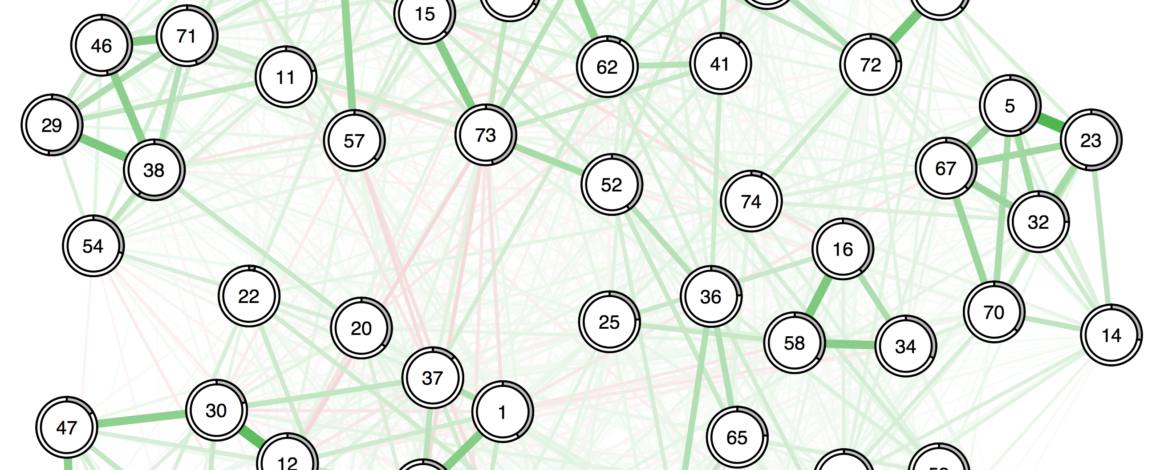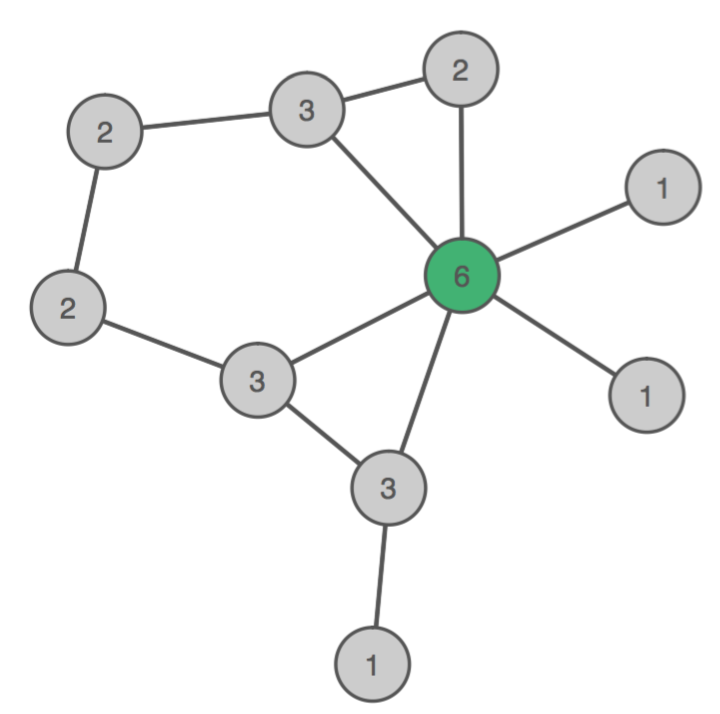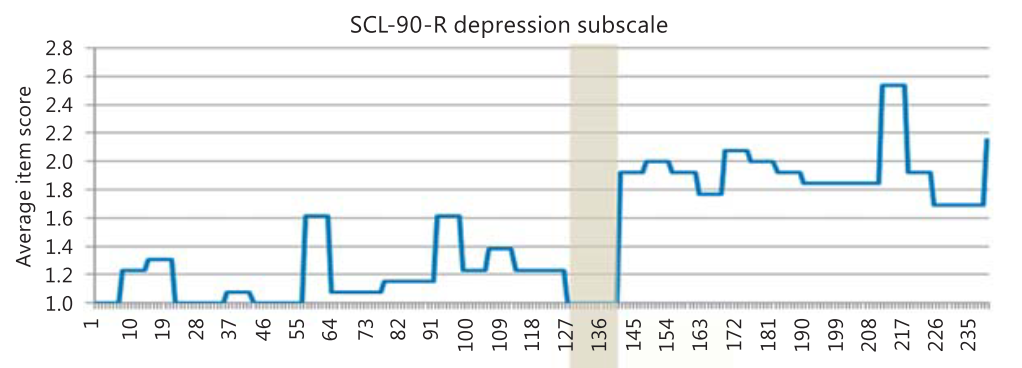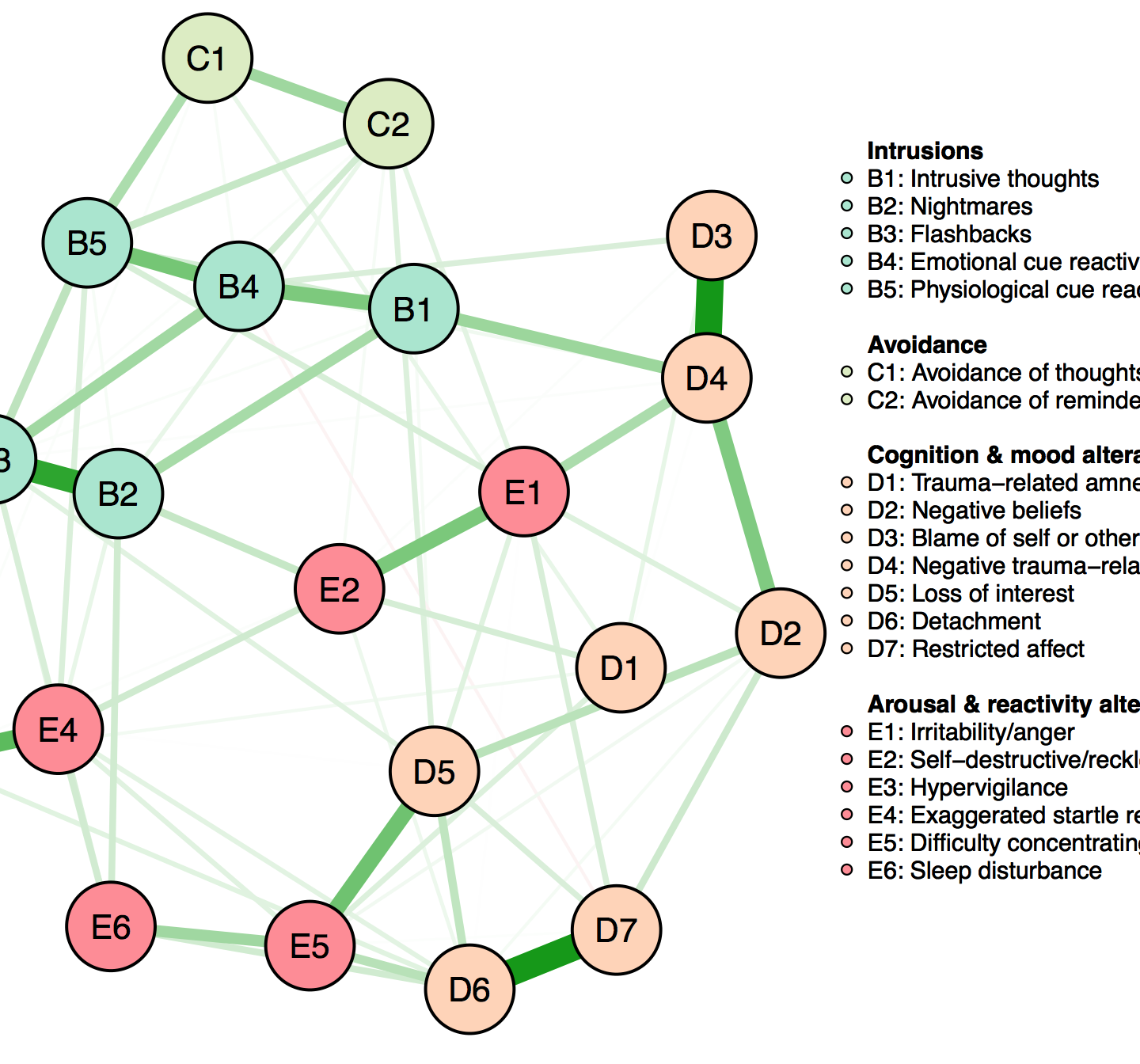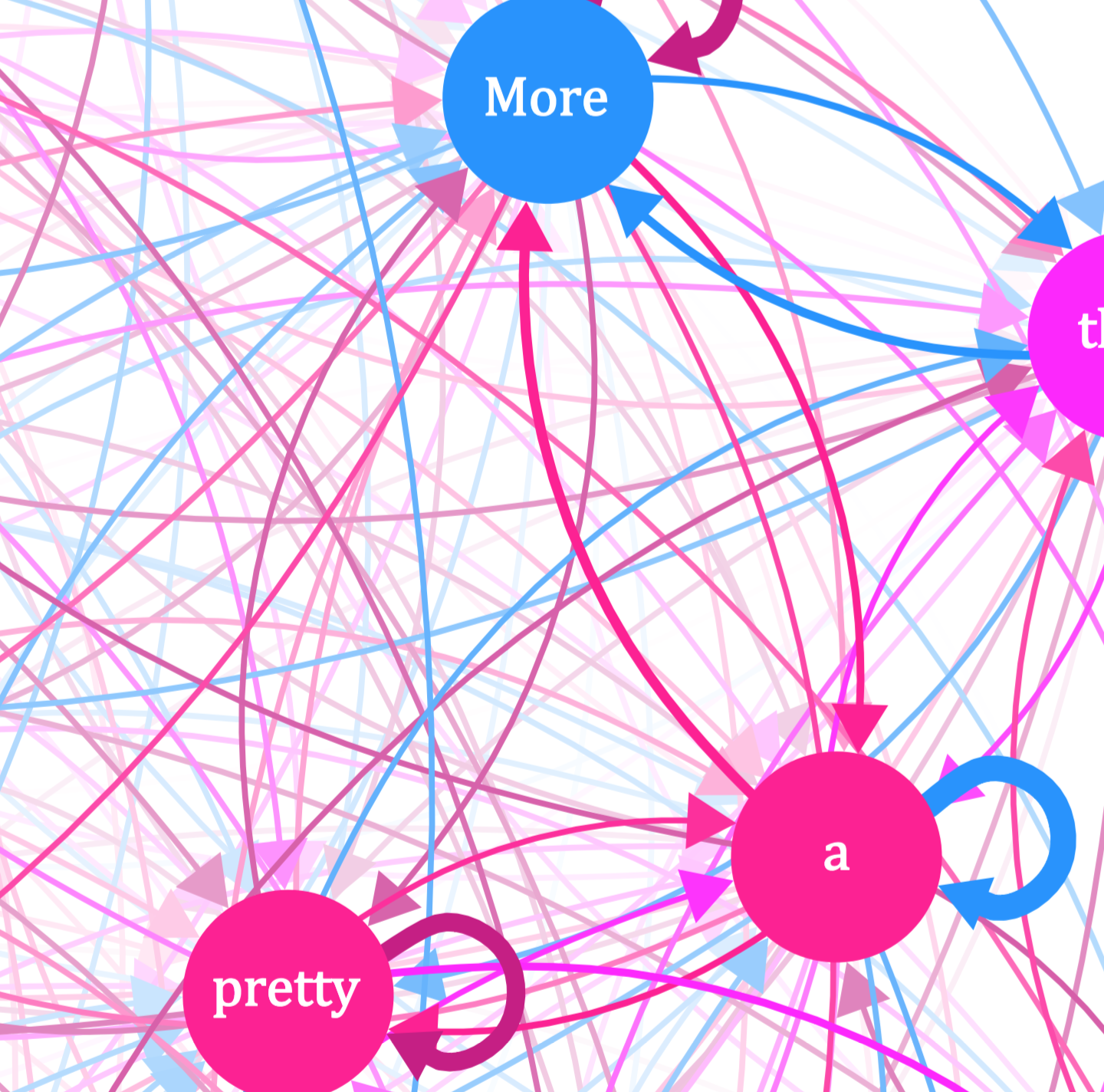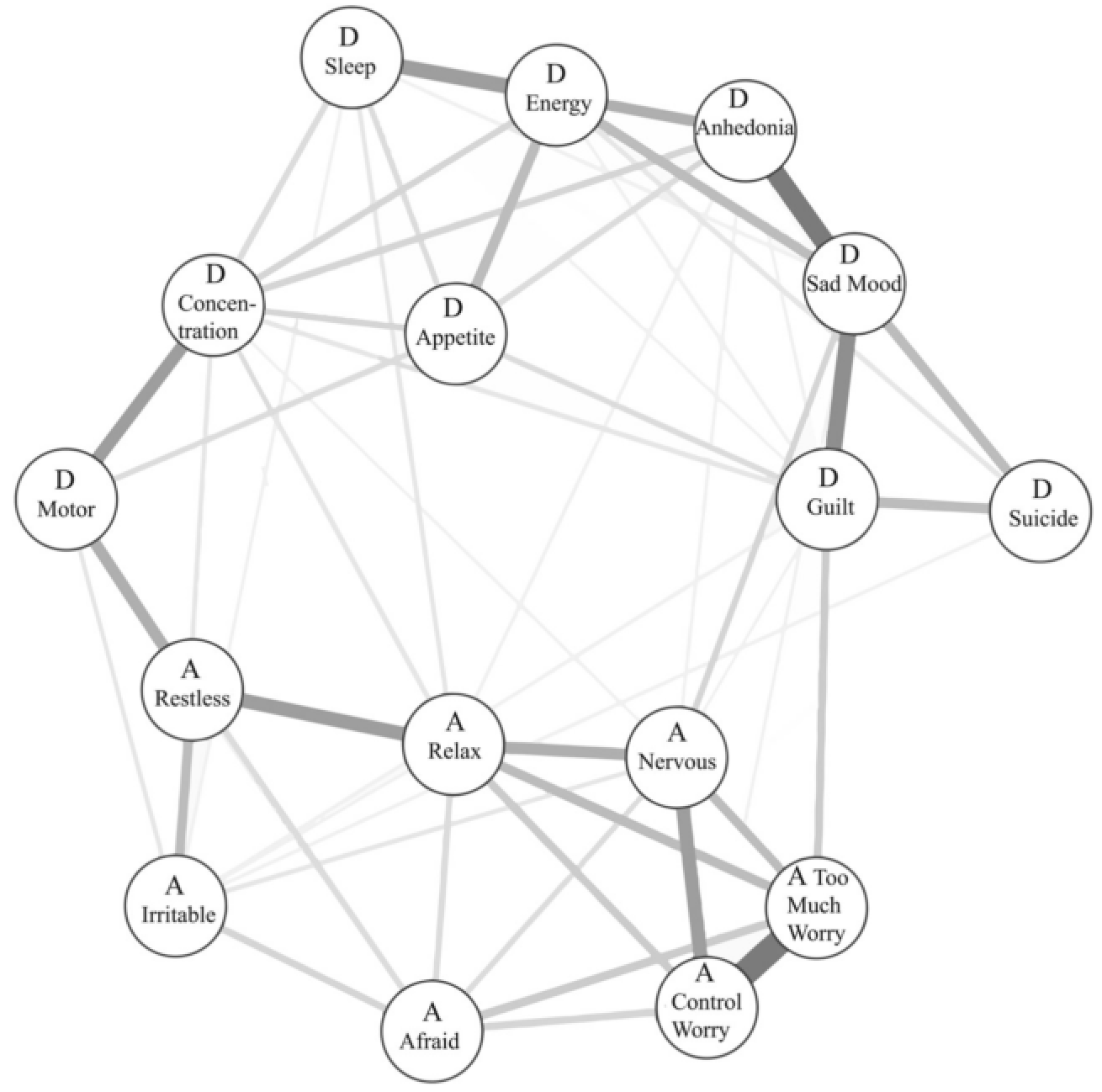ICPS 2019: Collection of presentations related to dynamical systems
ICPS 2019 in Paris was last week, the European version of the US APS conference. Many researchers working on networks, time-series data, and dynamical systems were present, and I wanted to share all slides here. I have been asked to state that the slides were never intended to be used …
